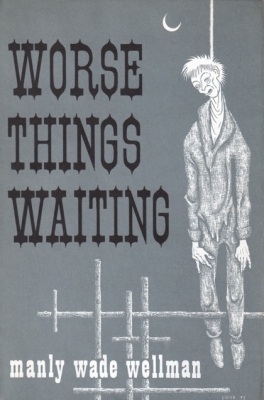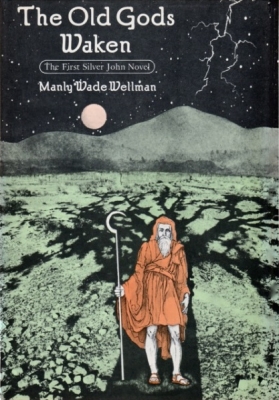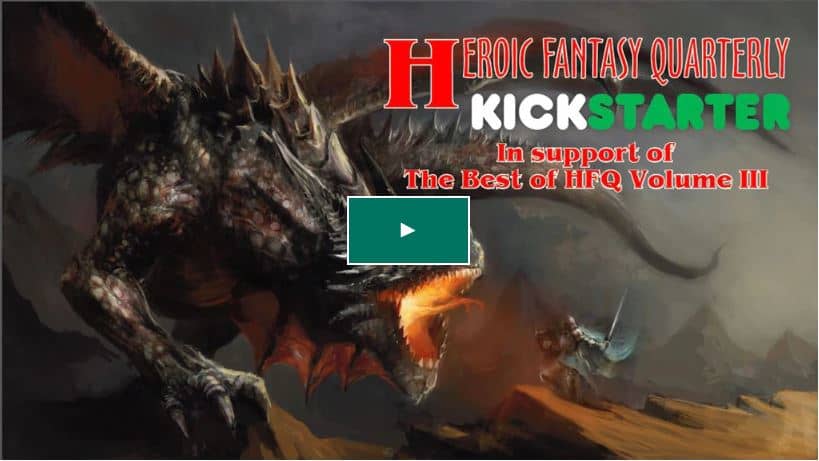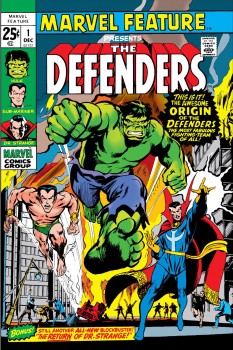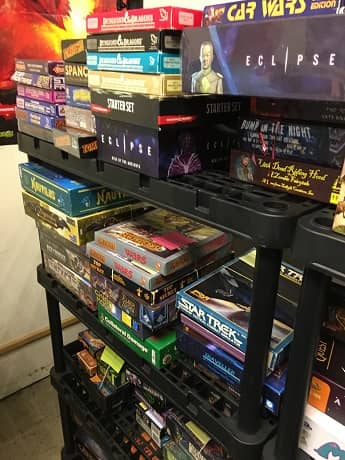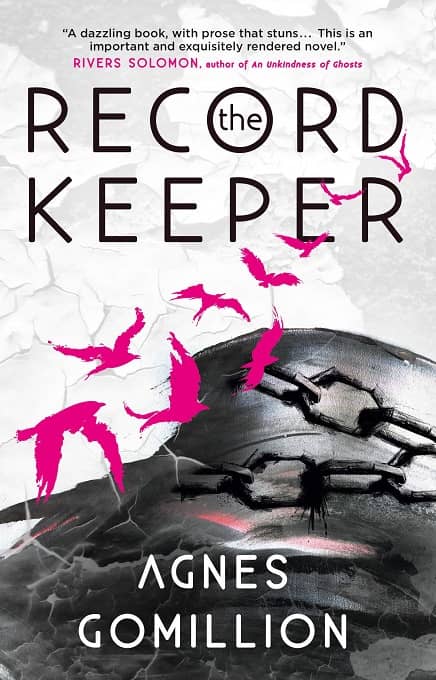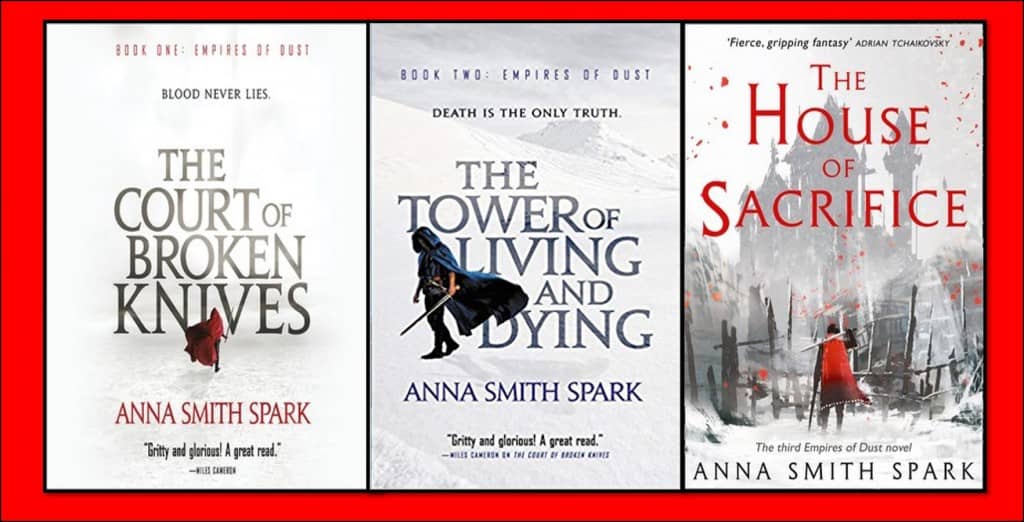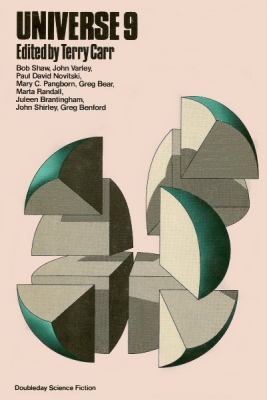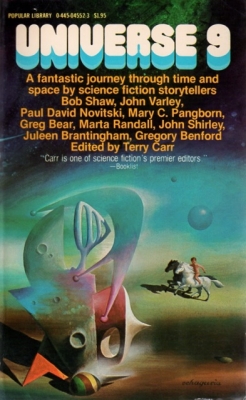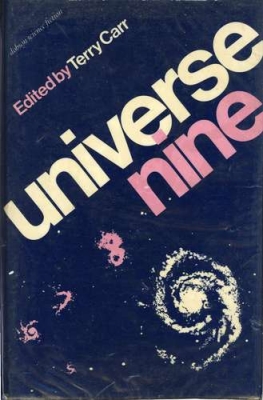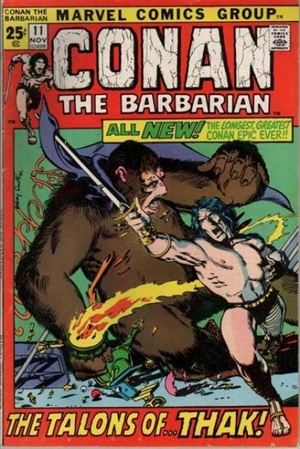 When I was pitching this series to folks, I was using the title, The Best of Conan. I didn’t come up with Hither Came Conan for about eight months, I think. Yeah, I know… The idea behind the series came from an essay in my first (and so far, only) Nero Wolfe Newsletter. The plan for 3 Good Reasons is to look at a story and list three reasons why it’s the ‘best’ Wolfe story. And I toss in one ‘bad’ reason why it’s not. And finish it off with some quotes. You’ll be reading more 3 Good Reasons here at Black Gate in 2020.
When I was pitching this series to folks, I was using the title, The Best of Conan. I didn’t come up with Hither Came Conan for about eight months, I think. Yeah, I know… The idea behind the series came from an essay in my first (and so far, only) Nero Wolfe Newsletter. The plan for 3 Good Reasons is to look at a story and list three reasons why it’s the ‘best’ Wolfe story. And I toss in one ‘bad’ reason why it’s not. And finish it off with some quotes. You’ll be reading more 3 Good Reasons here at Black Gate in 2020.
So, I’m going to take a somewhat different tack from those who have come before me (I doubt I could have measured up, anyways) and pick out two elements that make this story one of Howard’s best recountings of the mighty-thewed Cimmerian. Then, throw a curveball from the Wolfe approach and highlight a few items worthy of note.
OUR STORY
Obviously, you need to read this story, but here’s a Cliff’s Notes version: Nabonidus, the Red Priest, is the real power in this unnamed Corinthian city. He gives a golden cask to Murilo, a young aristocrat. And inside the cask is a human ear (remind you of Sherlock Holmes? It should.). We learn a little later on that Murillo has been selling state secrets, and the ear is from a clerk he had dealings with. The jig is up!
Given the choice of running away, waiting meekly for assured death, or finding a tool to escape his predicament, he chooses the latter. And Conan is that tool. Wait: that didn’t sound right…
Conan and a Gunderman deserter had been successful thieves until a fence, a Priest of Anu, betrayed them. The priest also happened to be a spy for the police. As a result, the unnamed Gunderman (more on that below) was captured and hung. Conan then cut off the priest’s head in revenge. A ‘faithless woman’ (presumably his current main squeeze) betrayed him to the police, who captured the Cimmerian as he hid out, drunk.
Murillo visits the cell and Conan agrees to kill Nabonidus in exchange for his freedom. Things go a bit awry and Murillo goes after Nabonidus himself but faints at the sight of the red priest in his house. Meanwhile, Conan, after casually killing his ex-girlfriend’s new lover and then dumping her in a cesspool, sneaks into the pits under Nabonidus’ house, where he encounters Murillo, who had been dumped down there.
…
Read More Read More

